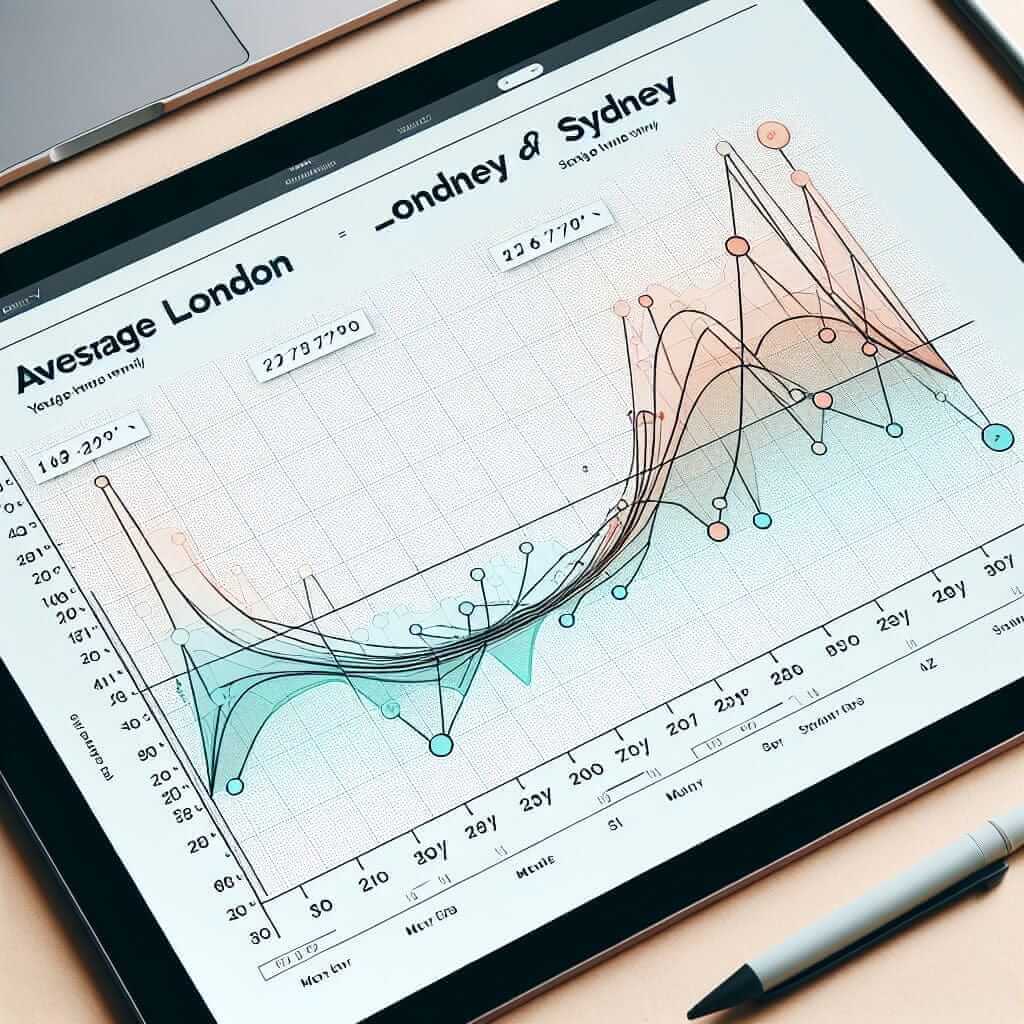For many aspiring IELTS test-takers, the Writing section, particularly Task 1, can seem like a daunting hurdle. As an IELTS instructor with over 20 years of experience, I’m here to demystify the process and provide you with a clear, step-by-step guide to achieve your desired band score.
Understanding IELTS Writing Task 1
In this section, you’ll be presented with a visual representation of data, such as a graph, chart, table, diagram, or map. Your task is to analyze this visual input and present the information in a well-structured, accurate, and coherent report of at least 150 words.
Key Steps to Crafting a High-Scoring Report
1. Analyze the Visual Information
Before you begin writing, take a few moments to carefully examine the provided visual. Identify:
- The type of visual: Is it a line graph, bar chart, pie chart, table, or something else?
- The main topic: What is the visual representing? What trends or patterns does it show?
- Key features: What are the most significant pieces of information presented in the visual?
2. Structure Your Report
A well-organized report is crucial for clarity and coherence. Follow this four-paragraph structure:
- Paragraph 1 (Introduction): Paraphrase the information given in the task question, clearly stating what the visual depicts.
- Paragraph 2 (Overview): Provide a general overview of the main trends, patterns, or significant features shown in the visual. Avoid specific details in this paragraph.
- Paragraph 3 (Body Paragraph 1): Describe specific details, supporting your statements with data from the visual.
- Paragraph 4 (Body Paragraph 2): Continue describing further details, comparing and contrasting data points as relevant.
3. Use Accurate and Varied Language
- Vocabulary: Demonstrate a wide range of vocabulary related to describing trends (increase, decrease, fluctuate, peak, plateau), making comparisons (similarly, in contrast, whereas), and expressing approximations (approximately, roughly, just over).
- Grammar: Use a variety of grammatical structures, including complex sentences and different tenses, to present the information effectively. Be mindful of accurate grammar and punctuation throughout your report.
4. Pay Attention to Time Management
Allocate your time wisely:
- Planning: 3-5 minutes
- Writing: 15-17 minutes
- Proofreading: 3 minutes
Example: Analyzing a Line Graph
Let’s say you are presented with a line graph showing the average monthly temperatures in London and Sydney over a year.

Introduction:
- “The line graph illustrates the average monthly temperatures in degrees Celsius for London and Sydney over a twelve-month period.”
Overview:
- “Overall, Sydney experiences a warmer climate than London throughout the year. While Sydney’s temperatures peak in the Southern Hemisphere summer, London’s warmest months are during the Northern Hemisphere summer.”
Body Paragraphs:
- “In more detail, Sydney’s temperatures range from around 15 degrees in the winter months (June-August) to a high of approximately 25 degrees in the summer (December-February). In contrast, London’s temperatures fluctuate less dramatically, ranging from an average of 5 degrees in the winter to around 18 degrees in the summer.”
Tips for Success
- Practice Regularly: Familiarize yourself with different types of visuals and practice writing reports under timed conditions.
- Seek Feedback: Have an experienced IELTS instructor review your writing and provide feedback on areas for improvement.
- Focus on Clarity and Accuracy: Prioritize conveying information clearly and accurately, even if it means using simpler language.
By following this guide and dedicating consistent effort to your IELTS Writing practice, you’ll be well-equipped to tackle Task 1 with confidence and achieve your target score.